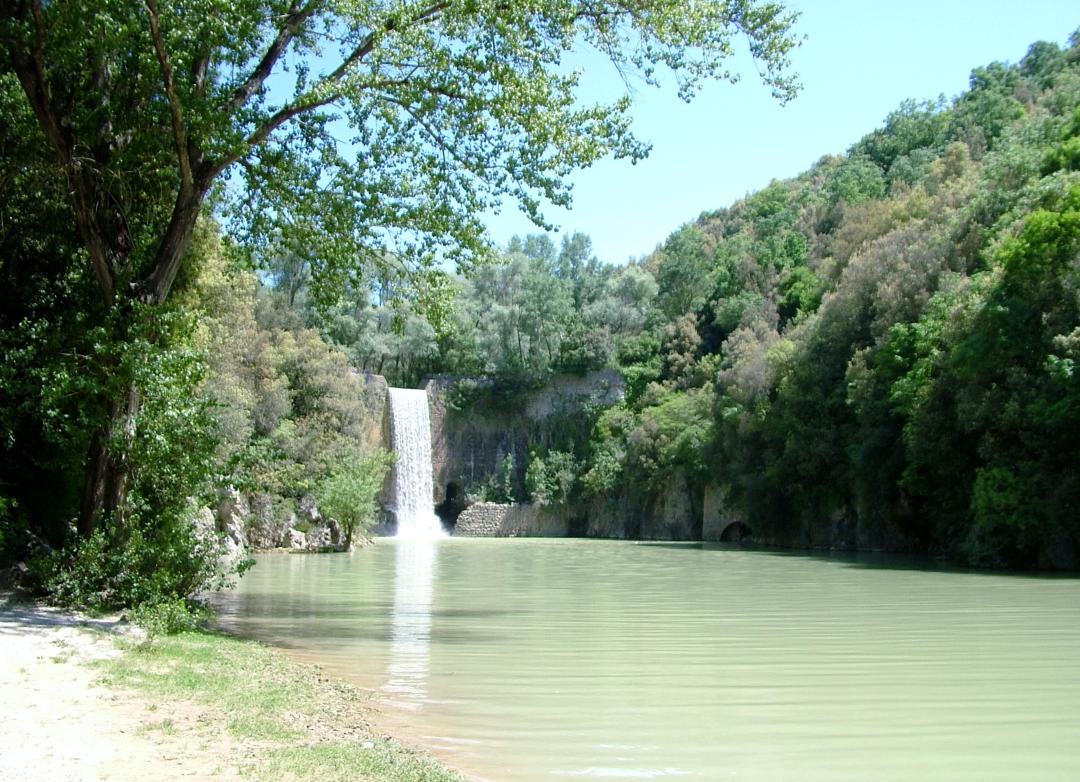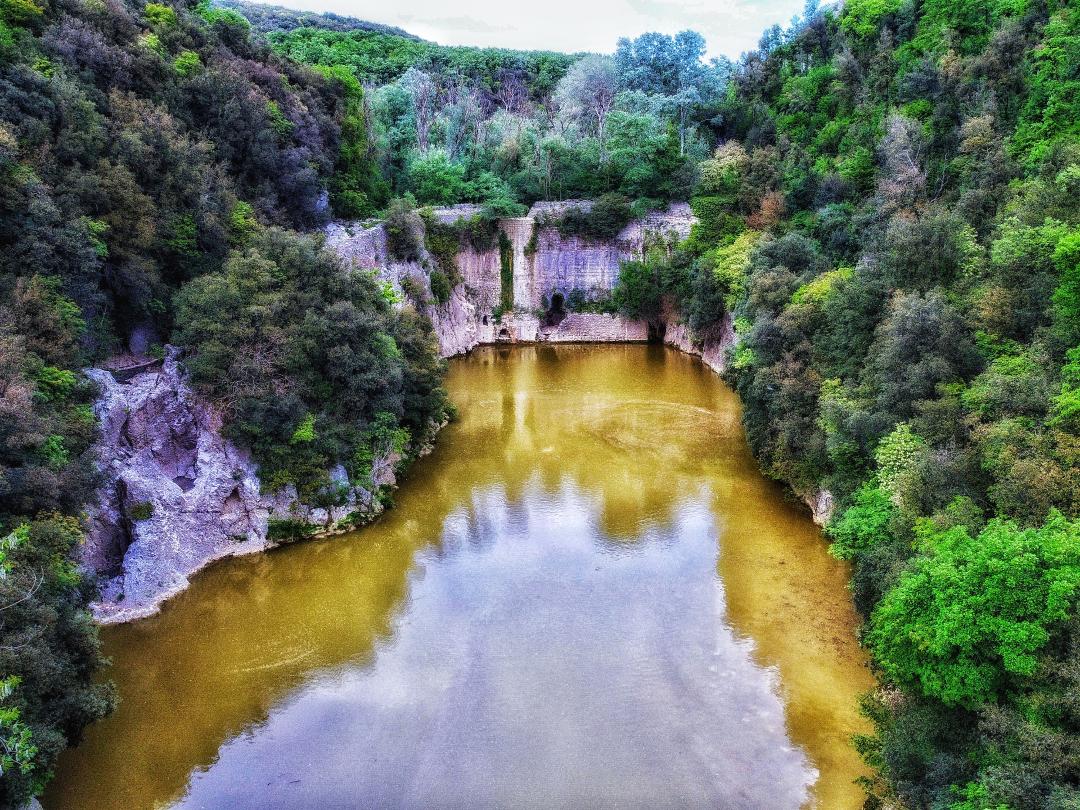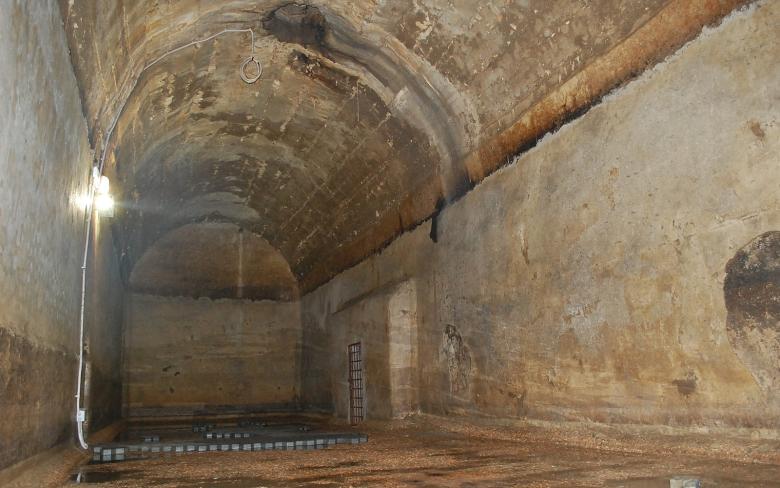The Rio Grande Basin
If you are looking for several old and private places which tell the area’s history, write down on your notebook the Rio Grande Basin, about two kilometers from Amelia.
A place of the heart with a great hallmark value and of rare beauty, this year among the top ten places in the ranking in the list of the Places of the Heart by FAI to be voted on by the end of December. You can leave your car in the dedicated parking and to follow the river through a pedestrian path of about a couple of kilometers, called “the walk of health”. What you will see it is not only a tributary of the river Tiber, but overall a Site of Community interest (Sic) also including Amerini Mounts in which it is wedged.
For many centuries, it was an important water resource for this territory, which powered, using two seawalls, the watermills still visible along the course of the basin. Today, as an urban fluvial park, it is an environmental and scenic resource for residents and tourists.
































